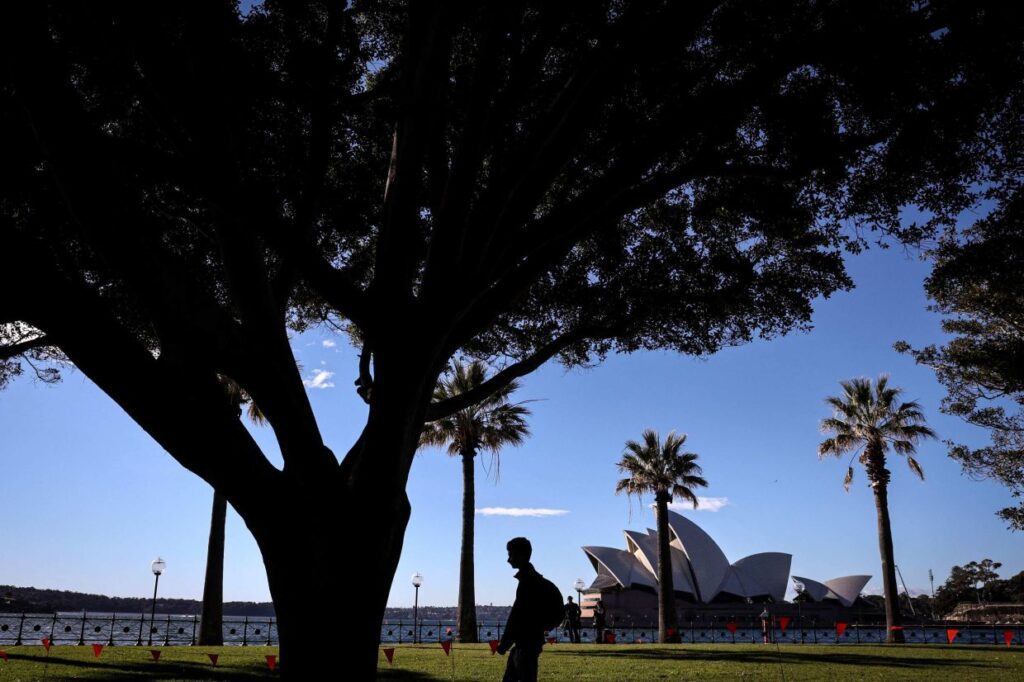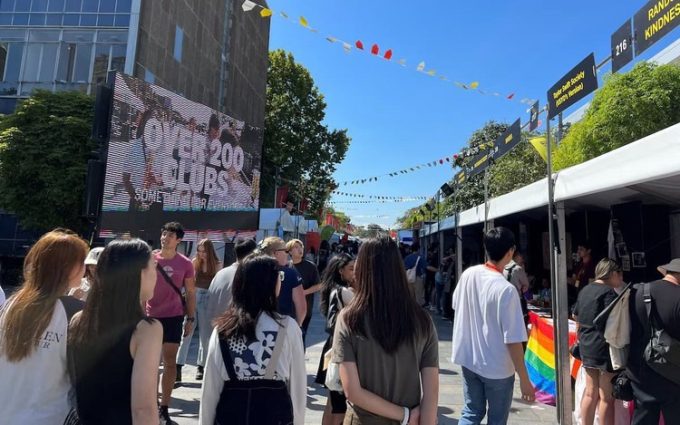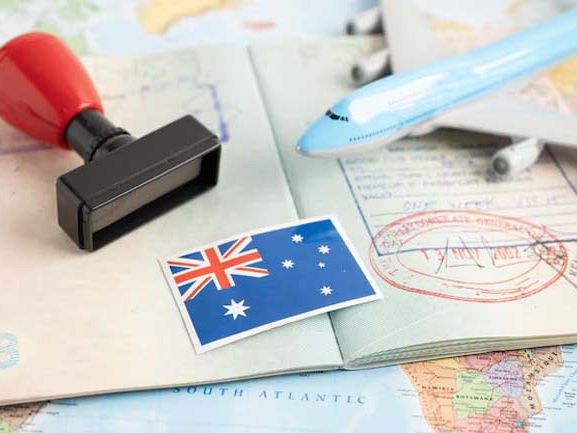Vietnamese Vocational Education Visas in Australia Plummet

Vietnam’s Vocational Visa Numbers Plunge: What’s Going On?
After a steady four-year climb, vocational visa applications from Vietnam to Australia have taken a sharp nosedive.
Just 159 were submitted for the current academic year. That’s a startling shift for a country that has long been one of Australia’s top sources of vocational students.
Even more concerning? The approval rate has dropped to just 14 percent, the lowest in five years. In previous years, approval rates ranged from 42 to 83 percent, making this decline all the more striking.
In short, while interest in vocational training in Australia remains high, especially among international students, Vietnamese applicants seem to be hitting roadblocks. Between July 2024 and the first quarter of 2025, Australia issued just over 6,800 vocational student visas. That represents a steep 54.7 percent drop from the 14,737 granted the previous year.
Interestingly, the national approval rate for vocational visas has actually climbed to a record-high 73 percent. This is well above the long-term average of around 40 percent. So what’s really happening here?
A Broader Shift in Policy
Vietnam is not alone in feeling the impact. These numbers reflect a wider trend caused by Australia’s tightening of student visa policies over the past couple of years, and the effects have been significant.
The post-study work period, which previously offered up to four to six years, has been reduced to a range of two to four years. Universities are now categorized into a three-tier system based on the risk level associated with student recruitment. Institutions in tier 2 and tier 3 face slower visa processing times, similar to being stuck in a slow lane while others move ahead more quickly.
There are new language requirements as well. Vocational students must now achieve an IELTS score of 6.0. In addition, students are now limited to working 24 hours per week during term time. Financial proof requirements have increased by 20 percent, now set at AU$29,710. To top it off, the student visa application fee has more than doubled. It jumped from AU$710 to AU$1,600, making it one of the highest visa application fees globally.
The Numbers Beneath the Headlines
Despite these hurdles, Australia still welcomed nearly 1.1 million international students across all education sectors by the end of 2024. Among them, over 37,600 Vietnamese students enrolled in various programs, placing Vietnam fifth in the national rankings by student origin. That same year, international education contributed AU$51 billion to the Australian economy. This underscores just how important the sector remains.
So what is behind the drop in approvals? At a recent education seminar, Katherine Tranter, Senior Migration Officer for student visas, outlined six of the most common reasons applications get rejected. These include incomplete documentation, lack of genuine study intent, insufficient proof of financial support, and several other common errors that can derail an application.
Thinking of Studying in Australia?
If you’re planning a future in Australia, the opportunity is still there. But preparation is more important than ever. Make sure your documents are complete, your financials are clear, and your study goals are well explained.
Have you encountered challenges during your student visa application process? What concerns you most about applying? Share your story or tips in the comments. Your experience could help someone else navigate their journey.
Thinking about moving to Australia? Have questions or need help?
Join our free and supportive community here at Oz Visa Forum.
Post in our forums to get advice and support from people who’ve already made the move Down Under.
Not sure where to start? Click here to get started







Responses